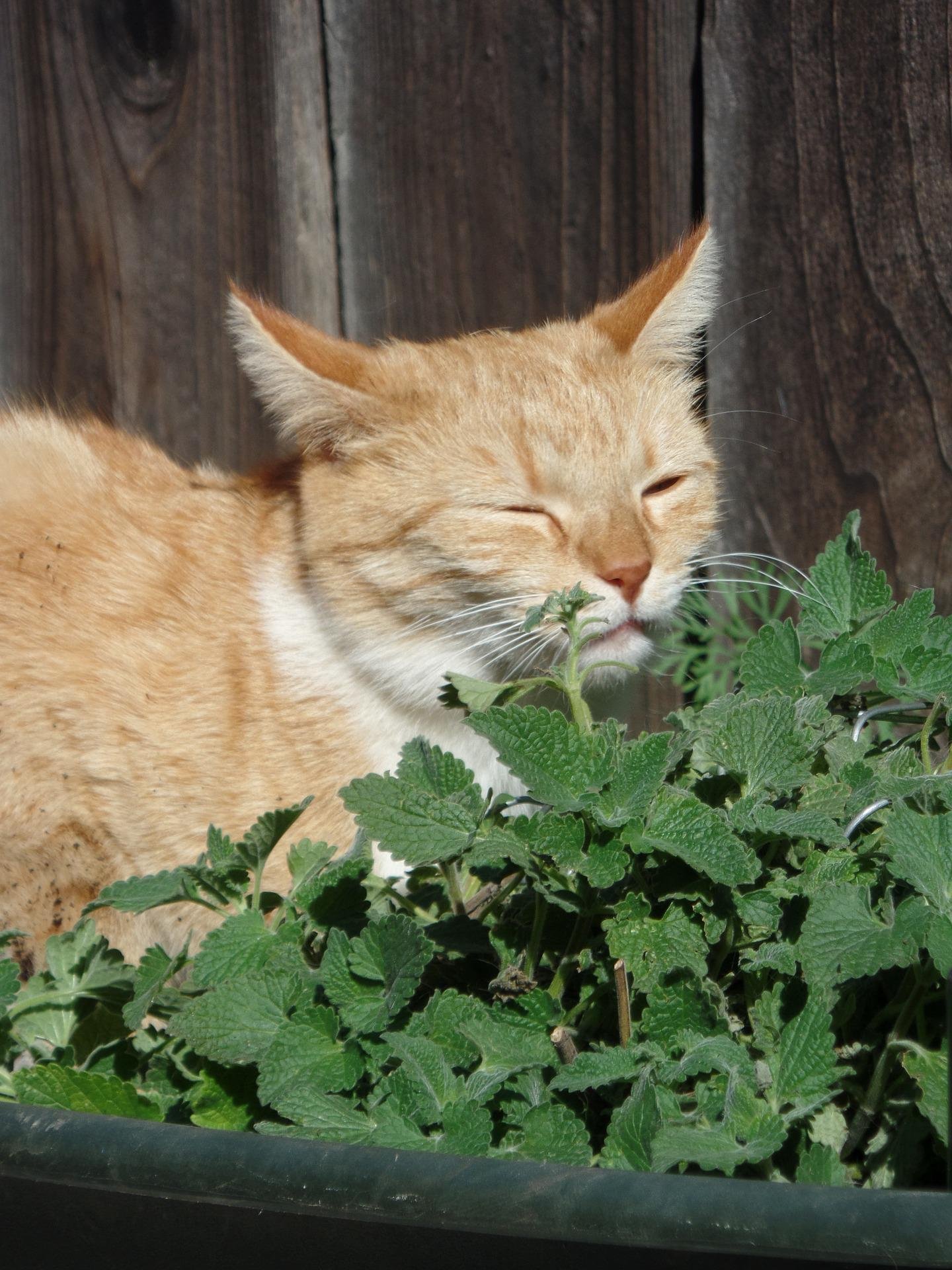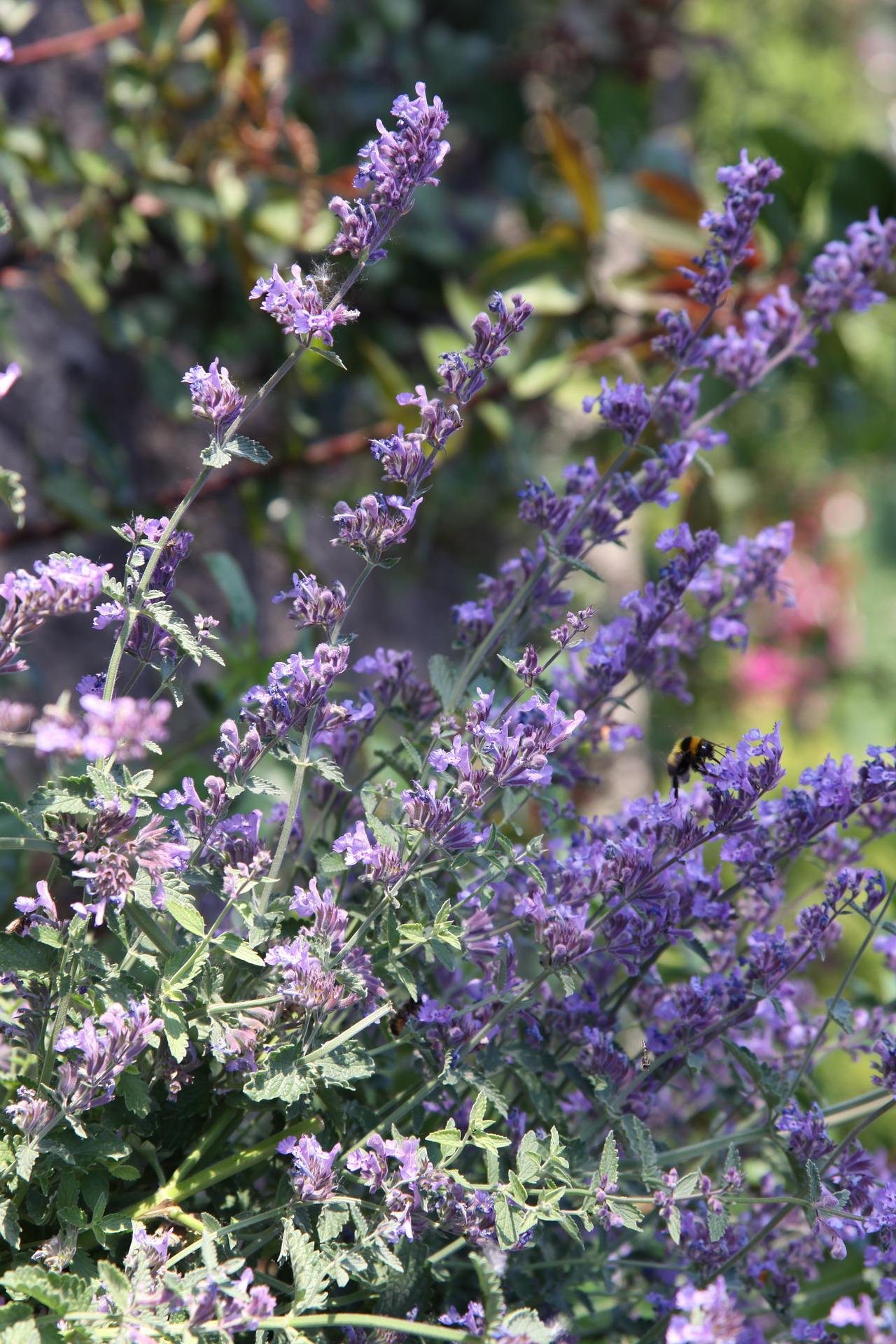My garden has a steep incline leading away from the house. We had switchback paths graded into the slope so that we are able to zig-zag down to the creek without mountain-climbing gear. The slope is semi-terraced by the paths. Rainfall plays havoc with the area, washing away the chips on the footpath and occasionally moving the heavy tree trunks positioned to stabilize the edges of the paths. Our deer, foxes, and bears use these flat walkways to travel across the area.
I have established a number of showy shrubs, bulbs, small trees, and perennials along the switchbacks. In my imagination, I see this as evolving into a specimen walk. Right now, I’m concentrating on huffing and puffing up the slope more than the progress of the plants. Because I am a thrifty gardener, my plantings are all tiny when first installed. I am confident that they will either thrive… or die. I allow new plants three years to settle in and demonstate success. I may choose to relocate a few disappointments to different sunlight exposure, but there are too many good plants available to tolerate poor performers. Over the past four years, I have lost a few: Illicium floridanum ‘Florida Sunshine,’ (planted in too much blistering sun), yellow ‘Sunshine’ Ligustrum sinense (not enough water), and ‘Emerald Green’ Arborvitae (all their bark and most branches removed by deer).
I am trying to be smarter with my plant purchases these days by drafting a “musts” list and a “prefer” list before I hit the garden centers. For this area, plants must prefer full sun, and be deer resistant, drought tolerant, and low maintenance. I would prefer native, spreading but not invasive, long-flowering plants that are attractive to pollinators.
I just purchased and planted six Sundrops, also known as Narrow Leaf Evening Primrose. Native Oenothera fruticosa, pronounced ee·nuh·THEE·ruh has bright yellow flowers that are open only during daytime. It spreads but is not invasive, unlike the pink flowering Oenothera speciosa (UGH!) that I waged war against for years before I could eradicate it.
Sundrops are a drought-tolerant pollinator plant that is reputed to be deer-resistant. The slightly cupped flowers of Sundrops provide nectar for hummingbirds, and birds eat the seeds. They will grow in most soil types and most pH ranges, full sun, in zones 4-8. References say that they bloom from April through August, which is longer than many perennials. They flourish in heat and are used to stabilize soil on slopes. They can play a prominent role in rock gardens, native gardens, cottage gardens, and meadows. I’m looking forward to seeing how long-flowering they are in an area with zero irrigation.
A hedge of Sundrops. Photo by Leonora (Ellie) Enking CC-BY-SA 2.0




















